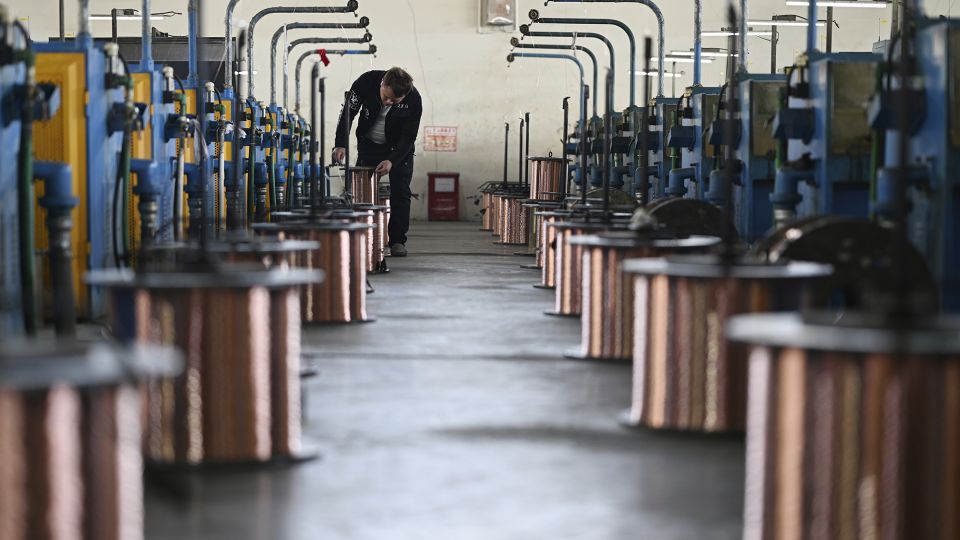Trump Announces New 50% Tariff on Copper Imports
President Donald Trump announced on Tuesday that he is planning to impose a new 50% tariff on all copper imported into the United States. However, the exact timeline for when this tariff would take effect remains unclear. During a Cabinet meeting, Trump stated, “Today we’re doing copper,” and emphasized that he believes the rate will be set at 50%. This move would mark the fourth across-the-board tariff implemented by Trump during his second term in office.
Currently, most imported cars and car parts are subject to a 25% tariff, while imported steel and aluminum face 50% tariffs. The White House has not yet provided any official information regarding the timing of the copper tariff implementation. Trump initiated a Section 232 investigation into copper imports in February, leveraging a law that allows the president to impose higher tariffs based on national security grounds.
Copper plays a vital role in various industries, including electronics, machinery, and automotive manufacturing. Imposing tariffs on copper could lead to increased costs for these goods, ultimately affecting American consumers. According to data from the U.S. Commerce Department, the country imported $17 billion worth of copper last year. Chile was the largest foreign supplier, exporting $6 billion worth of copper to the U.S. in that period.
The announcement caused copper prices to surge to record highs. Copper futures in New York jumped as much as 15%, reaching a historic high of $5.68 per pound. Analysts have noted that the market reaction reflects concerns over the potential economic impact of the proposed tariff.
Ed Mills, a Washington policy analyst at Raymond James, commented, “I’ve been surprised it’s taken this long to get the copper tariff.” He added that copper prices have risen by 38% this year, partly due to stockpiling in anticipation of the new tariffs. Ole Hansen, head of commodity strategy at Saxo Bank, warned that a 50% increase in import costs would be a significant burden on consumers. He advised, “Watch what Trump does, not what he says,” suggesting that the administration might adopt a staggered approach once it assesses the broader impact of such a move.
In addition to the copper tariff, Trump also mentioned that 200% tariffs on pharmaceuticals are expected to come “very soon.” However, these tariffs may not take immediate effect, as the administration aims to encourage more companies to relocate their operations to the U.S. During his first term, Trump exempted drug imports from tariffs, but he has been signaling his intent to impose tariffs on pharmaceutical products for several months now.
The administration launched an investigation into pharmaceutical imports in mid-April, which paves the way for potential tariffs under national security grounds. Trump argues that the U.S. needs to strengthen domestic drug manufacturing to reduce reliance on foreign suppliers. Several pharmaceutical companies have announced expansions of their U.S.-based production facilities, though some of these projects were already underway before Trump took office.
Australia’s Treasurer Jim Chalmers expressed concern over the potential impact of the proposed pharmaceutical tariffs. He stated that Australia is “urgently seeking” more details on the development, noting that the country’s pharmaceutical industry is heavily reliant on the U.S. market, which accounts for billions of dollars in exports.
Meanwhile, Trump extended his “reciprocal” tariff pause to August 1. These rates, initially imposed in April, had been scheduled to resume at 12:01 am ET on Wednesday. Trump has also been sending letters to leaders of other countries, informing them about potential new tariff rates if no negotiated agreement is reached by August.
This story continues to evolve with additional context and developments. Reporting contributions came from John Liu, John Towfighi, Matt Egan, and Tami Luhby.







